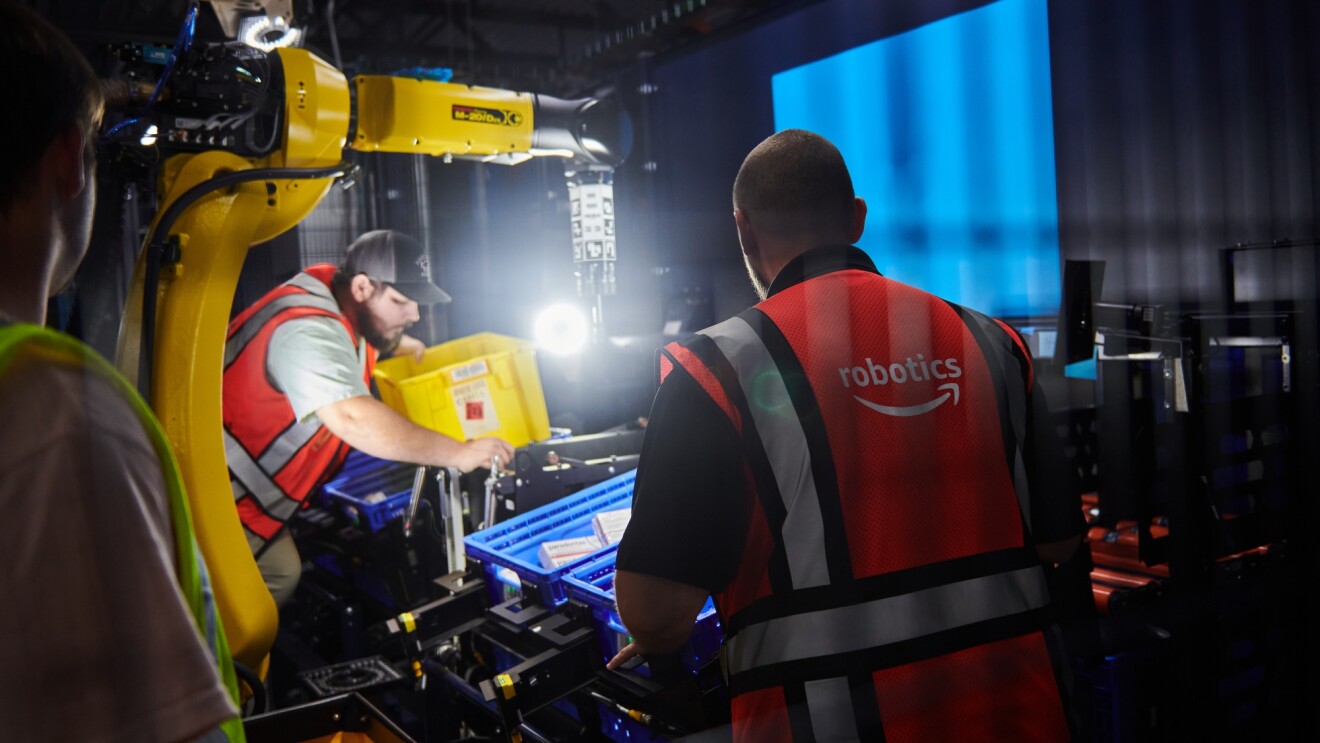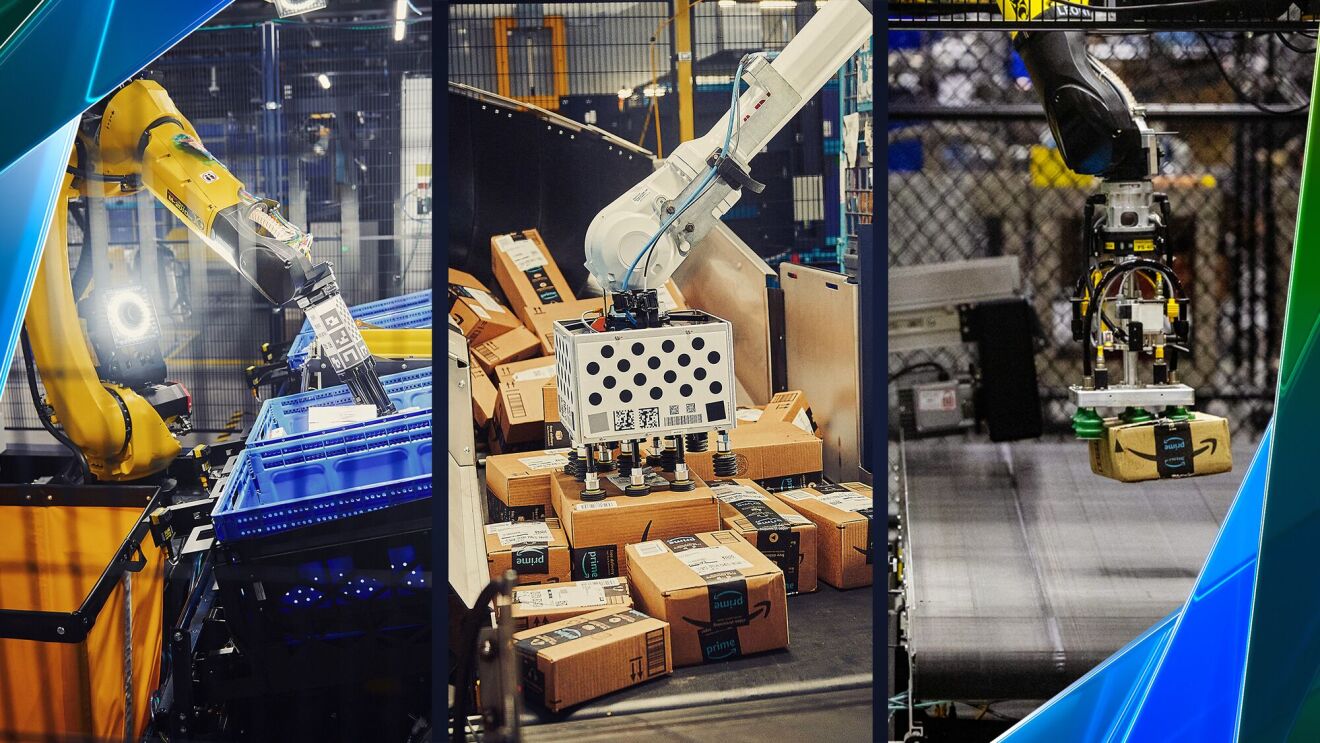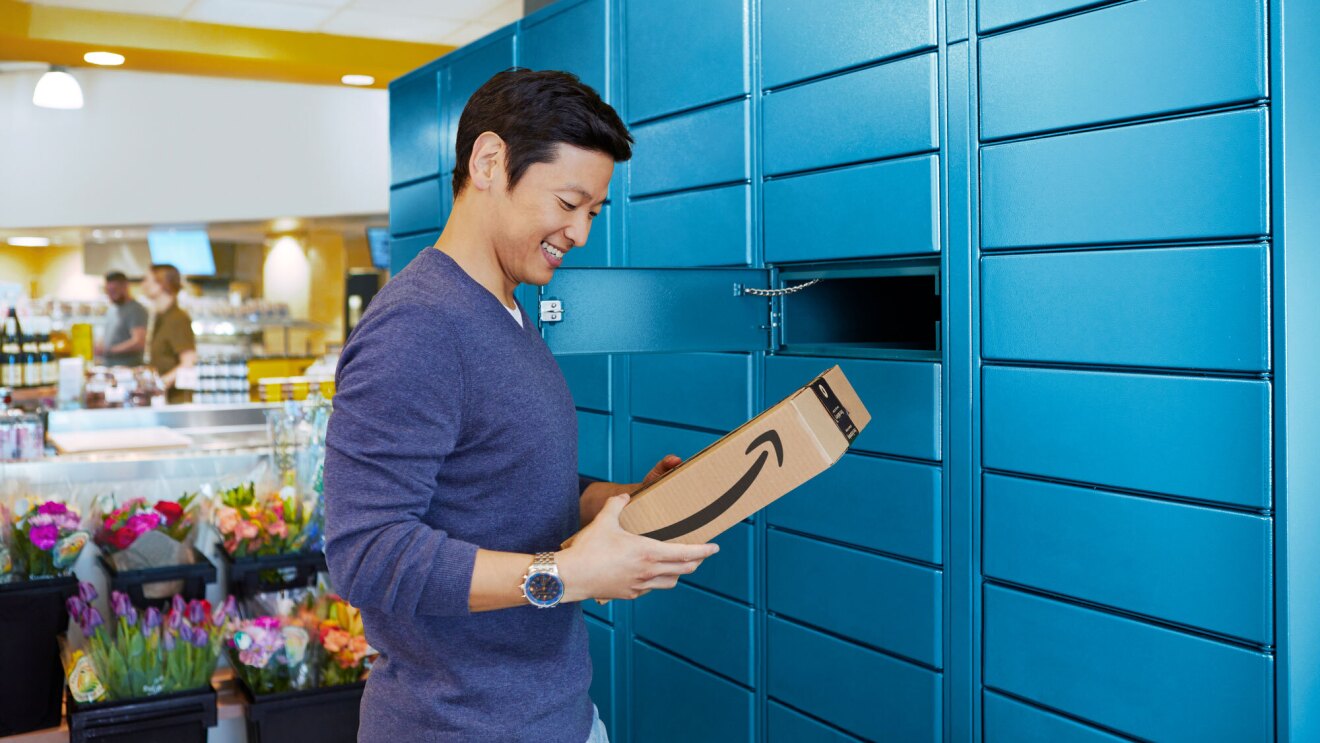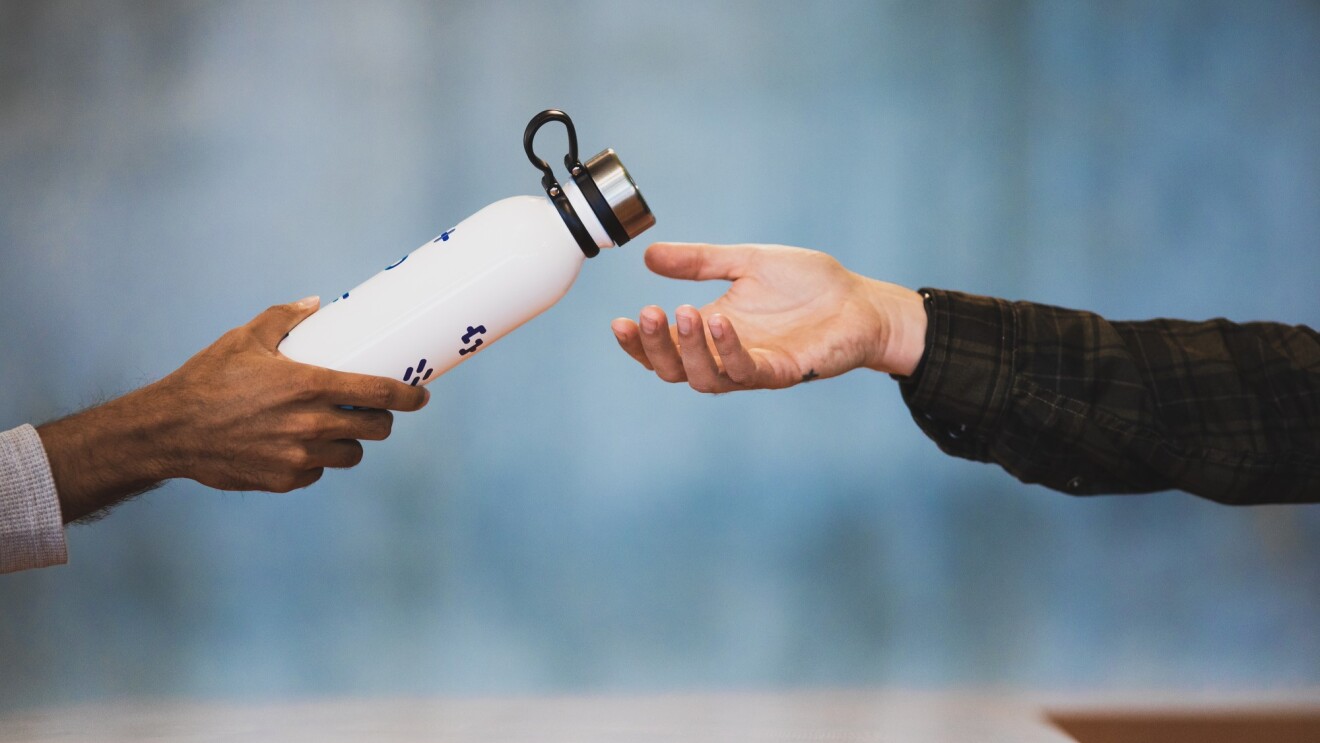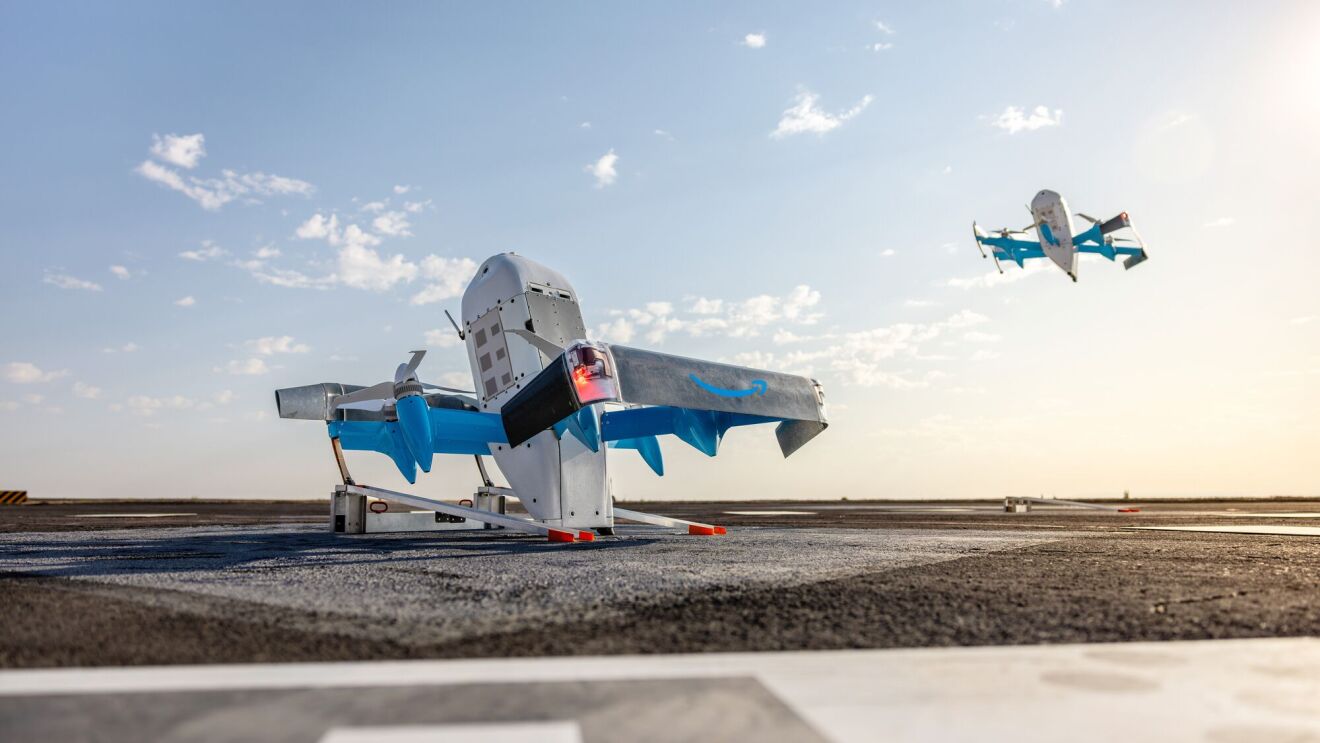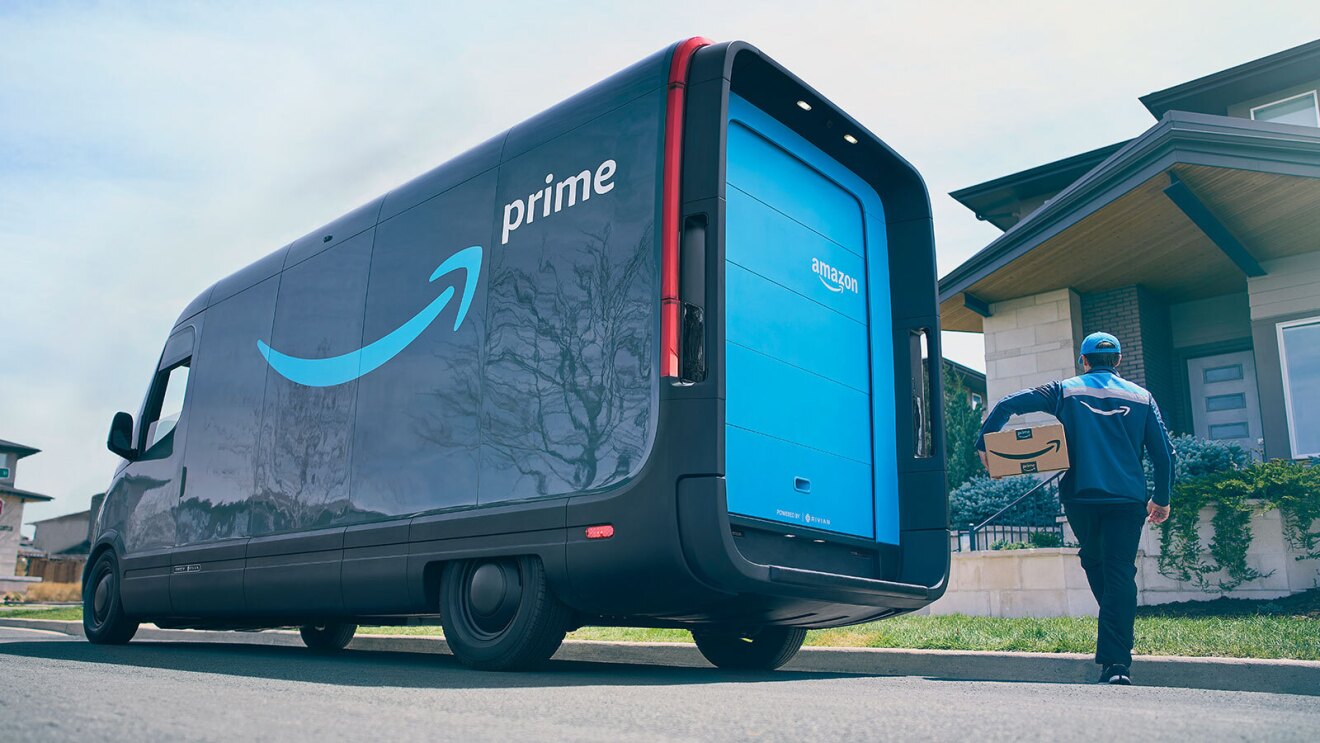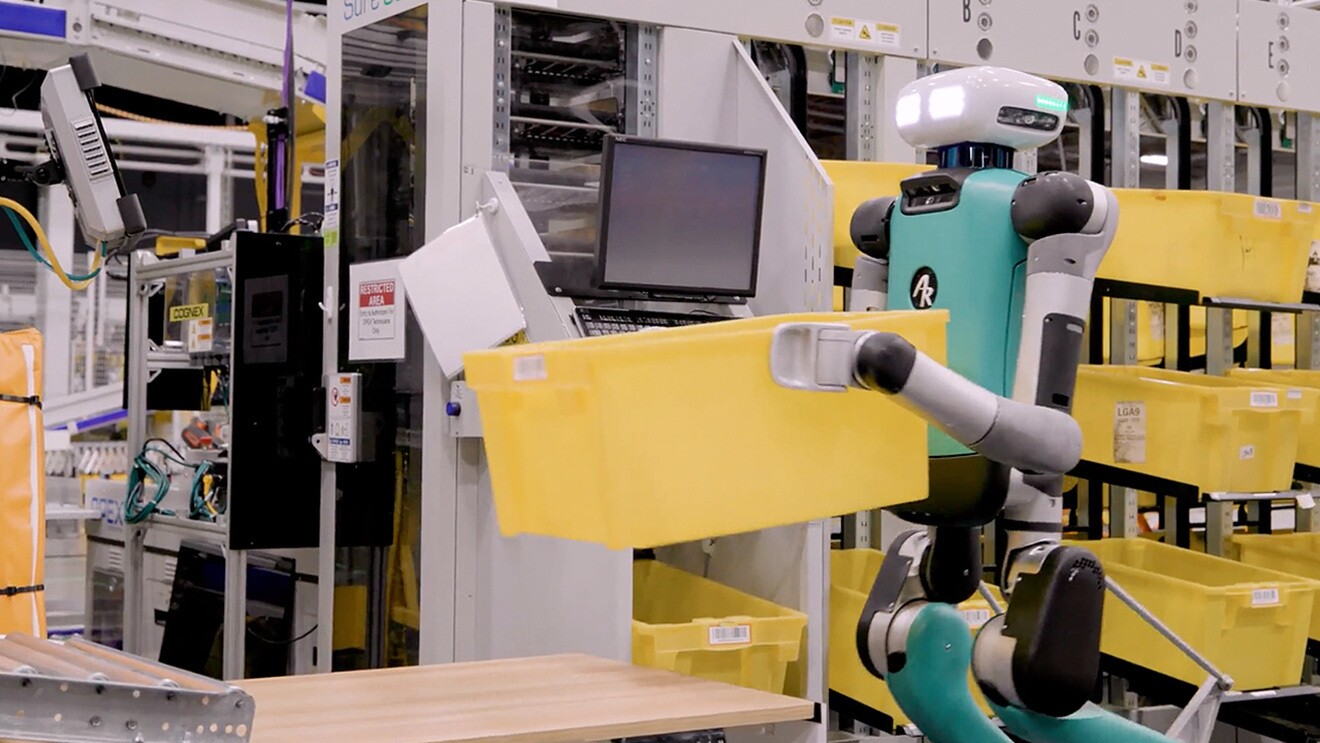For over a decade, we’ve pioneered technology and robotics in our operations, driving innovation and growth that directly benefits our employees and customers. The rate of our innovation has only accelerated, thanks in large part to unprecedented advancements in AI. Throughout the years, we’ve consistently focused on building safe, practical, and dependable technology and robotics that optimize our supply chain. We’re particularly excited about some of the latest collaborative robotics we’ve developed and announced over the last year. Using the latest in computer vision, and machine learning our newest industrial robots can operate alongside humans safely and include our first autonomous mobile robot, Proteus; new robotic handling systems, specifically Cardinal and Sparrow; and a new approach to inventory management, called Containerized Storage, which uses robots to deliver products to employees in a more ergonomically friendly manner.
 Principal Tech Program Manager, Proteus Lead Mikell Taylor stands next to Proteus, an Amazon robot.
Principal Tech Program Manager, Proteus Lead Mikell Taylor stands next to Proteus, an Amazon robot.It’s thrilling for me to see the impact that our technology and robotics teams have on improving our workplace and helping us deliver better price, selection, and convenience for customers. Developing collaborative technology is at the heart of everything our teams do. Technology can serve its best purpose when it’s human-centric and able to work seamlessly to support employees as they deliver on our customer promise. By building technology tools that create a safer and more ergonomic workplace, and focusing our automation efforts on physically demanding and repetitive tasks, we can drive the best return on our technology investments. What’s great is that this technology offers our operations employees the opportunity to work with innovative tools that enable them to use their talents and learn new skills to deliver even more value for customers.
In 2022, 1 billion packages, or one-eighth of all the orders we delivered to customers worldwide, was sorted by Robin, one of Amazon’s robotic handling systems. We’ve become the world’s largest manufacturer of industrial robots and have deployed more than 750,000 mobile robots across our worldwide operations. It’s hard to believe how far we’ve come since the days of testing a few robots in a corner of one of our facilities.
Testing our technologies in the field
We’re testing our newest robotics systems at a number of sites, building them in a very practical way and with an approach that is unique to Amazon. This starts with testing a robot on a small process path at a designated facility, and seeing how new technology supports and works collaboratively alongside our employees. Once the technology demonstrates that it works well, we test the same system on another process path at the same site. We build on this approach to serve more and more facilities across our operations network. It’s a deliberate approach in which we involve our operations employees to get real-time feedback and a true understanding of how our new technology can help us optimize our sites for safety, efficiency, and to better meet our customer promise. We take every small learning and let that inspire us to think big and build for the long term.
Proteus and Cardinal
Right now, in one of our fulfillment centers near Nashville, Tennessee, we’re pairing up our Proteus and Cardinal robotics systems to test how they work together on an outbound dock. We’re having Cardinal load packages that are all destined to a same zip code into specific carts, a process our team likes to call ‘playing Tetris’. These packed carts are then driven by Proteus autonomously to delivery trucks, navigating the open floor of an outbound dock and operating alongside employees. We have lots of work to do to get this process humming, but the potential safety benefits make this an incredibly meaningful project.
Sparrow
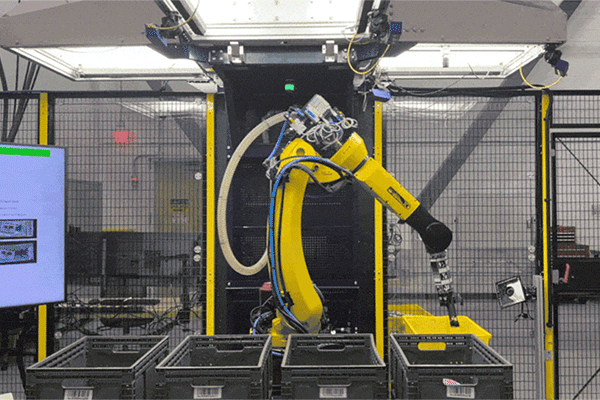
In a facility in San Marcos, Texas, Sparrow—our latest robotic handling system—is already picking and sorting hundreds of thousands of customer orders, taking on highly repetitive tasks. The latest advances in computer vision, machine learning, and AI are making possible today what was out of reach only a few years ago.
Containerized Storage
I’m really excited about our testing of Containerized Storage in Houston, Texas. By reimagining how we can identify, store, and move inventory, we’re aiming to increase employee safety at our pick and stow workstations while creating sustainable benefits for businesses that sell their goods on Amazon.
As we optimize these technologies and scale new robotics to more and more sites across our operations network, we’re proud to see how these innovations benefit employees and drive efficiencies across our operations so we can offer better prices, greater selection, and increased convenience for customers.
Trending news and stories


